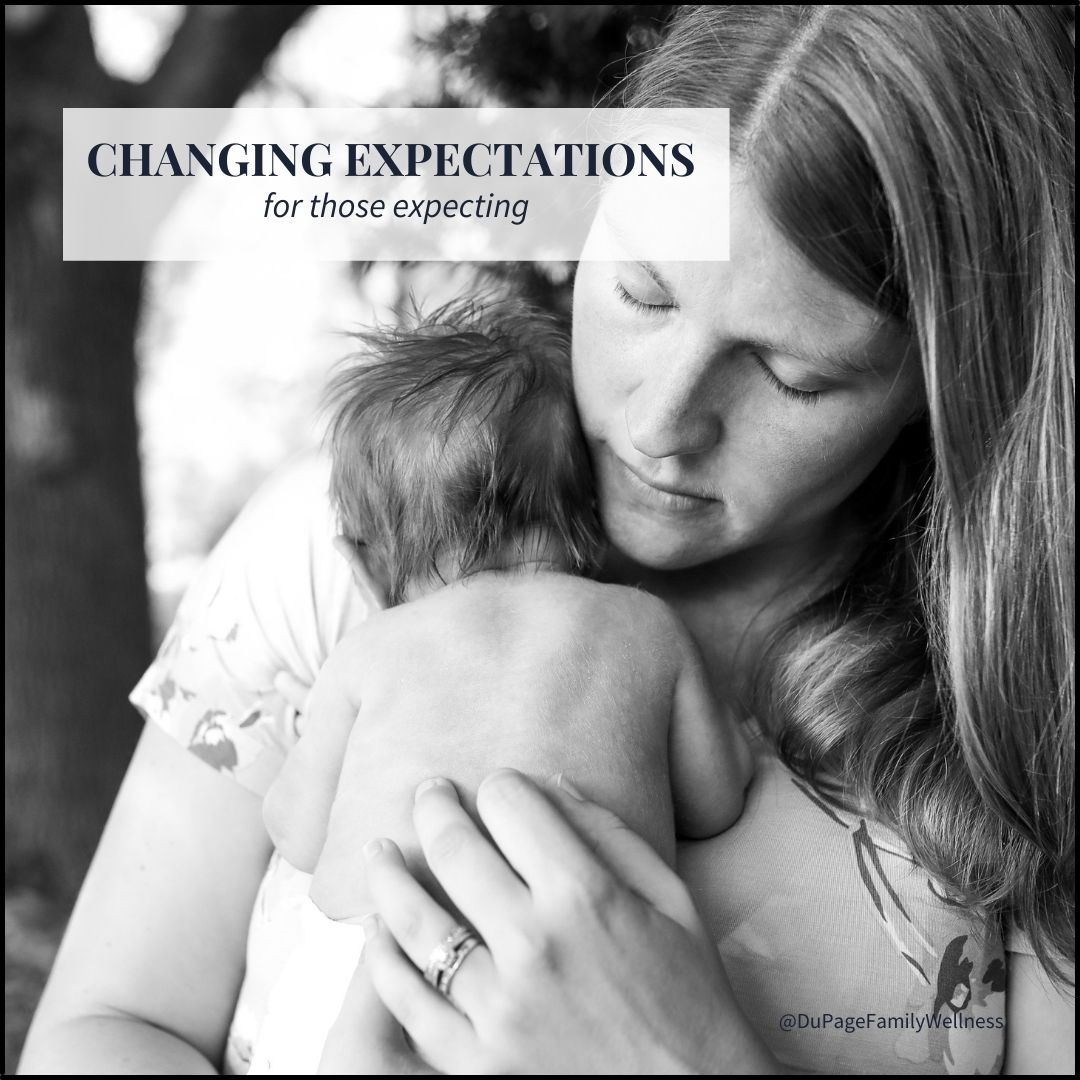 Pregnant moms get all sorts of questions. Is this your first? When are you due? Is it a boy or a girl? These questions are born out of excitement and anticipation, but some of these questions are not as straightforward as you may think.
Pregnant moms get all sorts of questions. Is this your first? When are you due? Is it a boy or a girl? These questions are born out of excitement and anticipation, but some of these questions are not as straightforward as you may think.
Consider the question, “When are you due?” While there may be a prescribed due date, what does that mean? Can we really predict with accuracy when the baby will be born?
There are so many factors that come into play. So, how much weight should we give these dates? And are there better methods of predicting a due date?
Let’s look at the history of how due dates are calculated and consider if our ideas about due dates are really accurate.
History
In the 1700’s, Hermann Boerhaave developed a method to calculate an estimated due date by studying the records of 100 pregnant women. He determined that adding 7 days from the last period and then adding nine months would result in an estimated due date. But Boerhaave never clarified whether this formula should use the first or last day of the woman’s period.
In the 1800’s Carl Naegele expanded Boerhaave’s thoughts, but he did not specify if the formula was based on the first or last date of the mother’s period either
For years doctors used the last day of the last period to calculate due dates. But by the 1900’s it became the standard to calculate it from the first day of the last period. Today this calculation is called “Naegele’s Rule.”
However, according to Rebecca Dekker, PhD, RN, this rule “is not based on any current evidence, and may not have even been intended by Naegele.” She continues to explain that giving women a range of time is more accurate than a specific due date.
Factors That Impact Due Dates
Methods that predict the due date based on the mother’s period do not account for the fact that many women don’t ovulate on the 14th day of the month. It doesn’t consider the fact that sometimes there is a delay in implementation.
All these factors can have an impact on the accuracy of the due date, giving a false sense of when to expect the baby. This is an important thing to recognize as many medical decisions - induction, monitoring, etc. - are based on the due date.
Changing Expectations
There are more accurate ways to estimate the due date based on ultrasound or ovulation dates. But what if we accept that we can’t predict when the baby will come. What if we simply viewed due dates as an approximate time to expect the baby?
According to Dekker, research shows that “About half of first-time mothers will give birth by 40 weeks and 5 days after the first day of their last menstrual period, with the other half giving birth after that time point. (And) about half of mothers who have given birth before will give birth by 40 weeks and 3 days after the first day of their last menstrual period, with the other half giving birth after that.”
She continues to explain that “A large body of evidence shows that there is an increase in the risk of stillbirth at the end of pregnancy, although some might consider the 'absolute’ increase in risk to be small until 41 weeks.”
So, while it would be great to accurately predict when the baby is coming, it is not that simple. If we change our expectations about this it will be less stressful for “overdue” moms and help guide medical decisions from a more research based way.
Expecting a baby is such an exciting time. There are many techniques chiropractors use to keep an expectant mother as comfortable as possible. I love working with expectant moms to help them have the best pregnancy, labor, and delivery possible.
If you are expecting, or would like to get pregnant, give us a call. We can talk to see if chiropractic care would help you!
Dr. Jamie
P.S. For more detail on due dates, check out Evidence on: Due Dates - Evidence Based Birth®.

